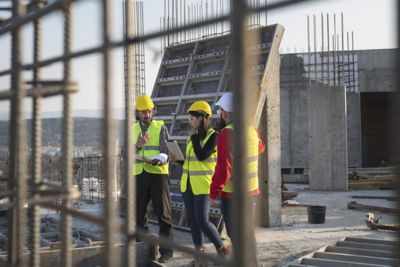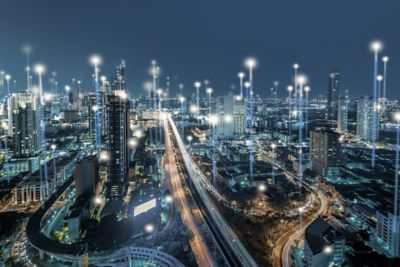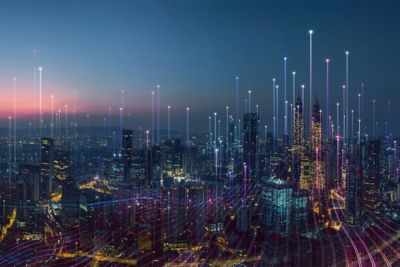Modeling a Range of Building Applications
Simulation-based computer models of smart buildings and cities encompass a diverse range of applications. These span internal and external air flow, natural or forced convection HVAC systems, air handling and filtration systems, advanced structural integrity solutions under normal and extreme conditions (earthquake, hurricane, flood, etc.), occupant safety systems and the electronic infrastructure required to deliver smart connected capabilities.






